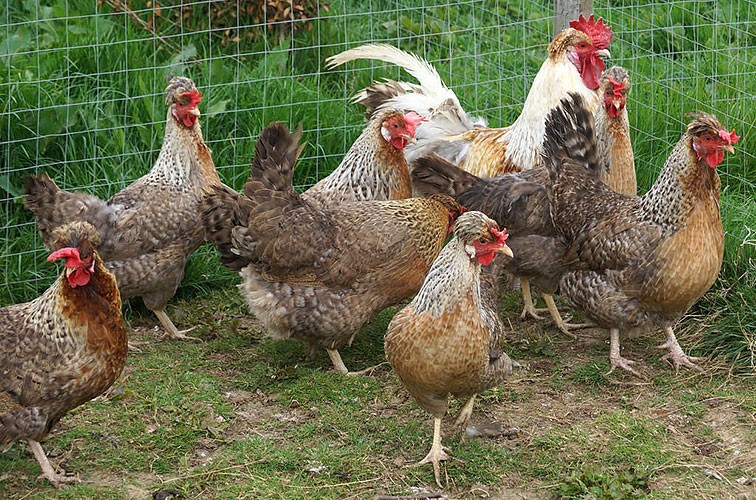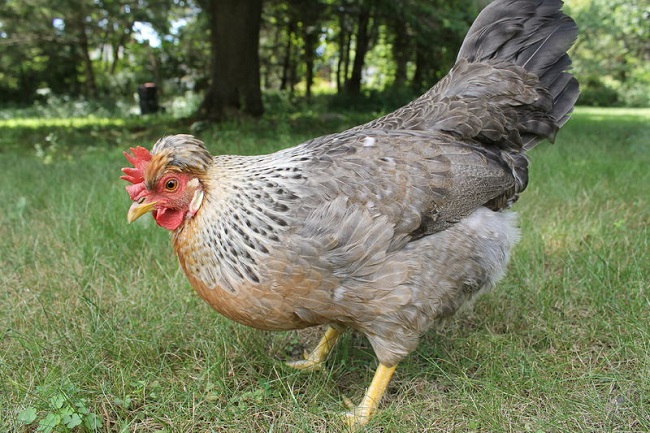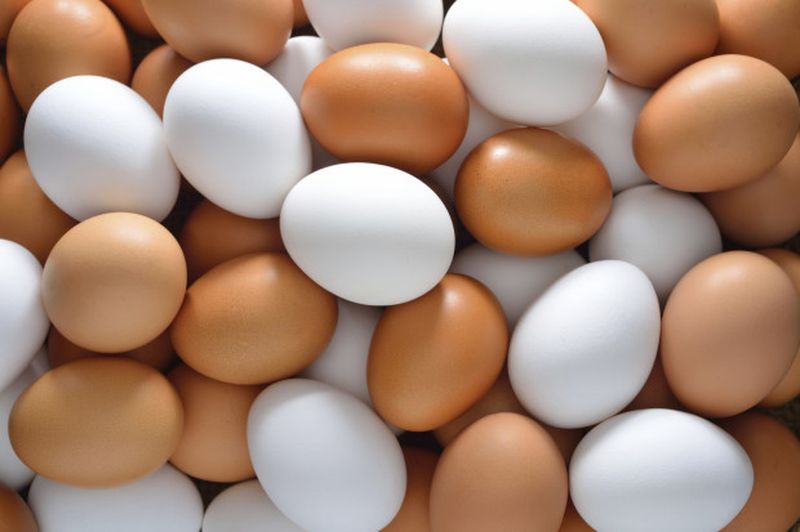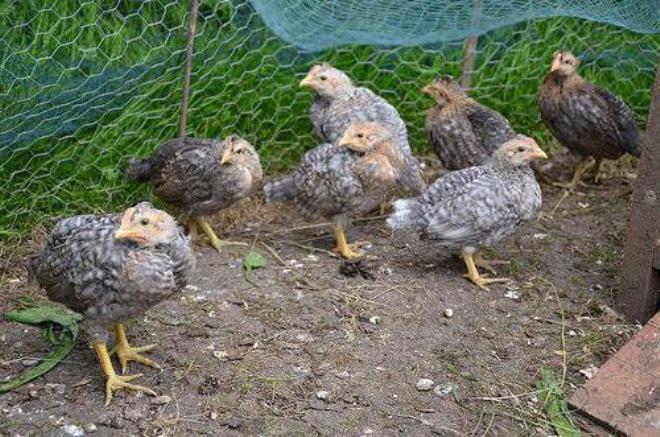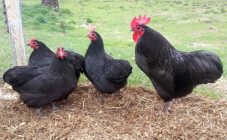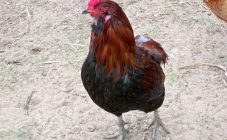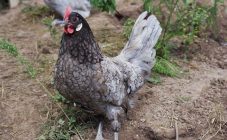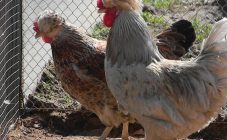Content:
In recent decades, breeders have been developing new breeds of chickens that are hybrids. Such birds from their "parents" acquire their positive qualities. The main thing that is required from such hybrids is an increase in productivity (meat and egg).
Chickens Legbar are one of the best such hybrids. They belong to the autosex variety with improved productivity of meat and eggs. Legbar (breed of chickens) have a peaceful character, they behave more calmly than many representatives of other breeds, laying hens are distinguished by high egg production - all these positive qualities attract the attention of poultry farmers from around the world. However, it should be remembered that any hybrids and breeds of chickens should be grown correctly, otherwise the productivity of these birds may decrease, and other indicators will be worse than those stated in the description of the breed.
Many breeders have noted that the Legbar hybrid has excellent decorative qualities, and the hens lay eggs of an unusual blue color. However, poultry farmers often encountered difficulties in breeding these chickens, so they later refused to raise Legbar, but in vain. After all, if you know all the nuances of breeding and care, you can get a large number of tasty eggs of the original color, as well as delicious gourmet meat during slaughter.
Legbar (breed of chickens): description
For the first time they started talking about this breed in the first quarter of the last century - it was then that the breeders of the Cambridge University of Genetics bred a new hybrid Legbar. To do this, they crossed:
- Brown Leggors;
- Plymouthrocks;
- Golden Kempino chickens.
A new breed was introduced in 1929.
This breed was named Golden Legbar, as the color of the plumage of individuals had a beautiful golden hue. However, the laying hens had too low egg production. Therefore, work to improve the hybrid continued. In the future, this hybrid was crossed with White Leghorns, as a result, a new species of Legbar appeared - Silver, but their egg productivity did not increase.
The breeders made another attempt to improve the characteristics of this hybrid and crossed the representatives of the Golden Legbar with the Araucan chicken breed. And only after that, the resulting offspring showed the genes for egg production of the Leghorns. The resulting hybrid was named Legbar Cream hens, characterizing another color of the plumage of these birds.
Characteristics and features of the breed
The main characteristics of the breed are:
- bright, variegated coloration of individuals, similar to the coloration of cuckoos;
- in Legbar chickens, there is a gender difference already from the first day after birth (autosexism);
- females have a fairly large crest on the head, which is almost invisible in males;
- the color of the eggshell is blue or olive.
In order not to buy rejected young growth, poultry breeders wishing to purchase young growth of Cream Legbar should know the basic breed standards. Purebred Legbar is distinguished by the following characteristics:
- plumage color - variegated, "cuckoo";
- the presence of a large tuft, similar to a cap in females, a small one in males;
- the body is wedge-shaped, medium in size;
- the mass of adult males is up to 3.5 kg, in hens - up to 2 kg;
- large eyes are red;
- the shape of the large comb is leaf-shaped. In males, the comb is erect with 6 teeth, in chickens - up to 8 teeth, it can descend to the back of the head in a wave;
- earrings color - white;
- limbs - straight, four-fingered, their color is only yellow;
- the color of eggs can vary from blue to greenish.
The plumage is dense, close to the body. Roosters have strong wings pressed against the body. The color of the females' plumage is darker with a predominance of brown tones, on the edges of the feathers there is a characteristic bright edging.
In roosters, light and cream tones prevail, the tail is medium in size, and the head, on the contrary, has no feathers (except for a small crest). Legbar chickens are easily distinguished by the color of their down - girls are much darker than boys.
Chickens are distinguished by early maturity and the first clutch is made already at 4-4.5 months. Laying hens lay up to 275 eggs per year, which is a fairly high figure. The eggs have a rounded shape, which makes them visually appear smaller, the shell is strong, blue or olive. The mass of one egg is up to 70 g. A high egg production rate in females lasts at least 1-1.5 years, then begins to decline. In this case, the chickens are allowed to eat meat, completely renewing the herd.
Breeding features
In order not to be disappointed when growing this hybrid, a number of rules should be followed, on which the productivity of the breed directly depends:
- The house should be equipped with a walking area. They are extremely active, therefore, with the onset of warmth and before the onset of cold weather, they are outside all daylight hours.
- In winter, it is better not to let them go for walks. The chicken coop must be insulated. If the room is damp and there is a draft, then Legbars can get sick.
- The room should be regularly ventilated; for this, vents are provided in the windows, and hoods with plugs are also equipped (again, it is important to prevent drafts).
- In summer, the birds are outdoors almost all the time, so they have enough light. And in winter, fluorescent lamps are installed in the poultry house for additional lighting.
- Legbars do not like dampness and cold, so the litter should always be dry. Usually it is changed at least once every 7 days. Once every 6 months (usually in spring and autumn), a thorough cleaning is carried out in the chicken coop with simultaneous disinfection of the walls, floor, drinkers and feeders.
- In the shed for chickens, perches are installed (based on the assumption that each individual should have at least 20 cm).
- When arranging a poultry house, do not forget about nests, feeders and drinkers.
Representatives of this hybrid are quite picky about food, so their diet should consist of several components at the same time (but not more than 6).
Some poultry farmers prefer to buy compound feed in specialized stores, while others prepare food for chickens themselves. In this case, it must be remembered that the composition of such feed must contain:
- cereals;
- legumes;
- flour from grass, fish and meat with bones;
- sunflower meal;
- vitamins;
- feed yeast;
- salt.
In this case, these individuals will receive everything they need for development.
Breed advantages and disadvantages
The main advantages of the hybrid include:
- a good indicator of egg production;
- excellent taste of meat;
- high immunity and excellent health;
- in the summer, they can be almost completely transferred to pasture;
- eggs are distinguished by the original color of the shell;
- the sex of chicks can be determined at one day of age.
Although there was a period when these birds were practically not raised, now the situation has changed dramatically. Currently, Cream Legbar chickens can be found in many farmsteads of private entrepreneurs. A hybrid is also bred on an industrial scale. In Russia, in many regions, you can already meet these beautiful birds.
